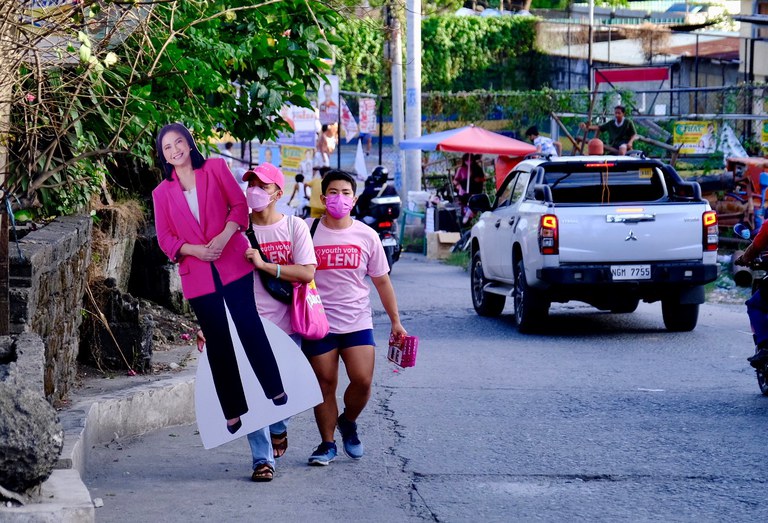The 2025 Philippine midterm elections underscored a dramatic shift in the country’s electoral landscape, propelled by the powerful surge of Gen Z and millennial voters. Comprising approximately 60% of the voting population, these younger demographics became pivotal in determining the outcome of key races and influencing the broader political discourse.
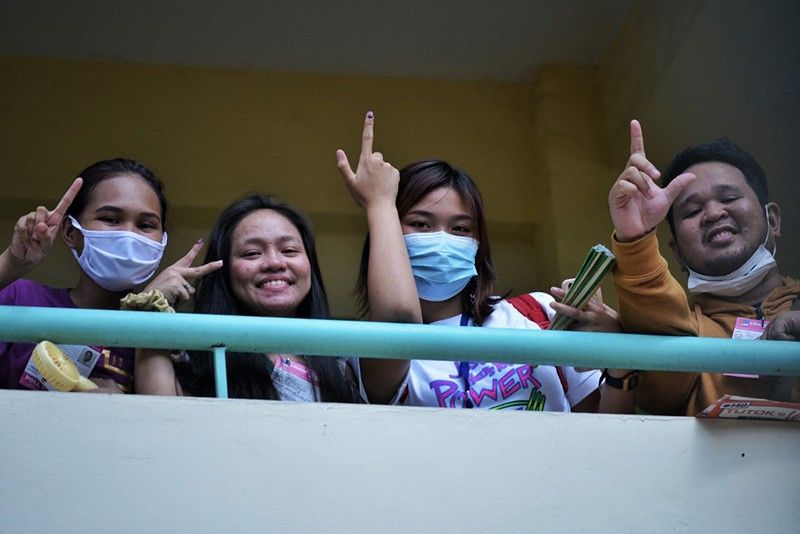
The Rise of Youth Voters
According to the Commission on Elections (COMELEC), about 20 million Gen Z Filipinos were expected to cast their votes in the midterms. Youth-focused initiatives like #BotoNgKabataan2025, aimed at educating and mobilizing first-time voters, proved to be highly effective in increasing voter turnout among young Filipinos.
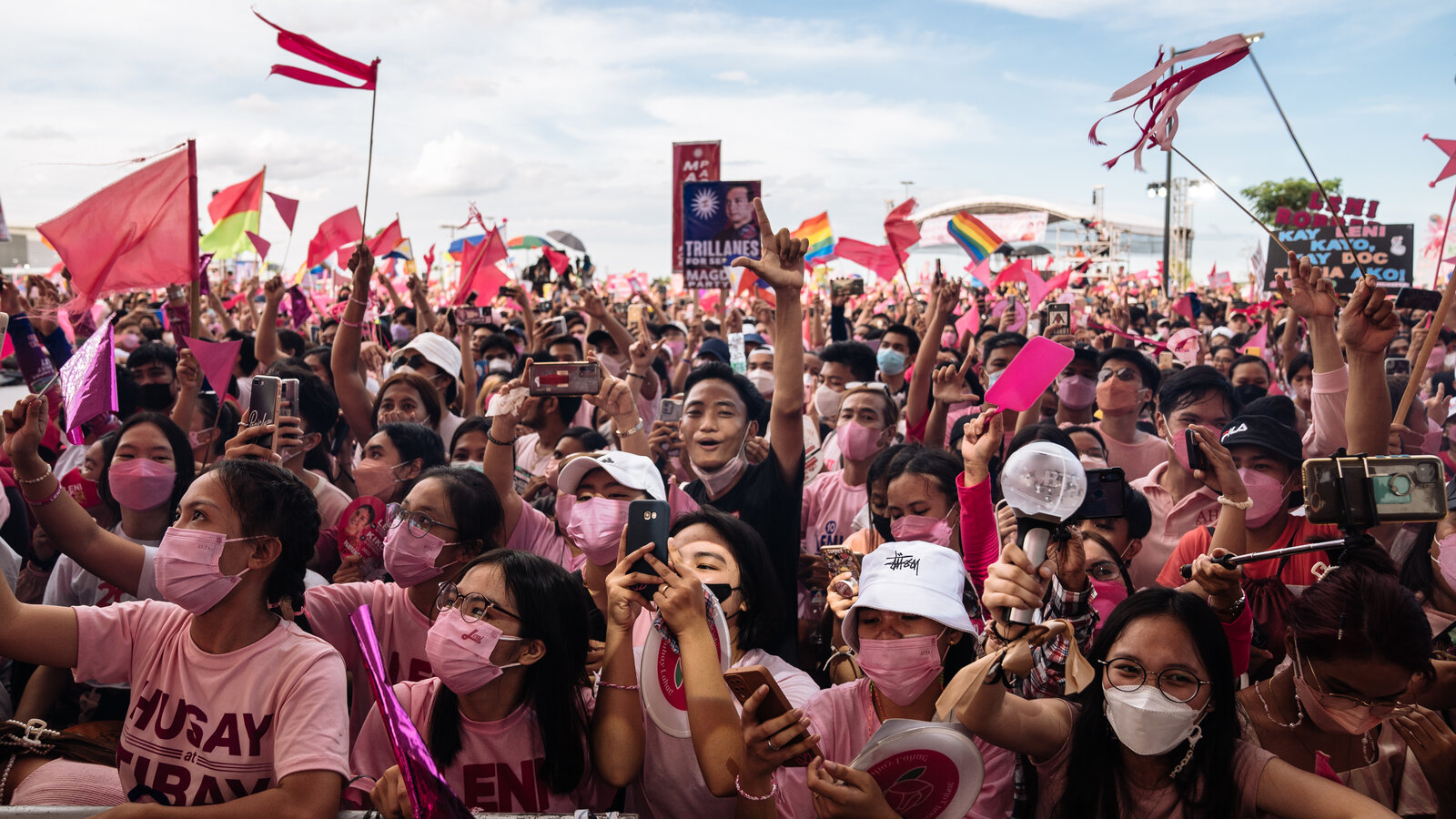
This voter bloc was notably active on social media, where candidates intensified their digital campaigns to reach young, tech-savvy voters. Platforms like TikTok, Twitter, and Facebook became political battlegrounds, with campaign teams leveraging AI-driven sentiment analysis to shape narratives and messaging.
The Bam Aquino and Kiko Pangilinan Comeback
One of the most remarkable stories of the 2025 elections was the resurgence of former Senators Bam Aquino and Kiko Pangilinan. Both politicians leveraged youth-centric platforms that emphasized education, employment opportunities, and environmental sustainability—issues that resonated strongly with younger voters.
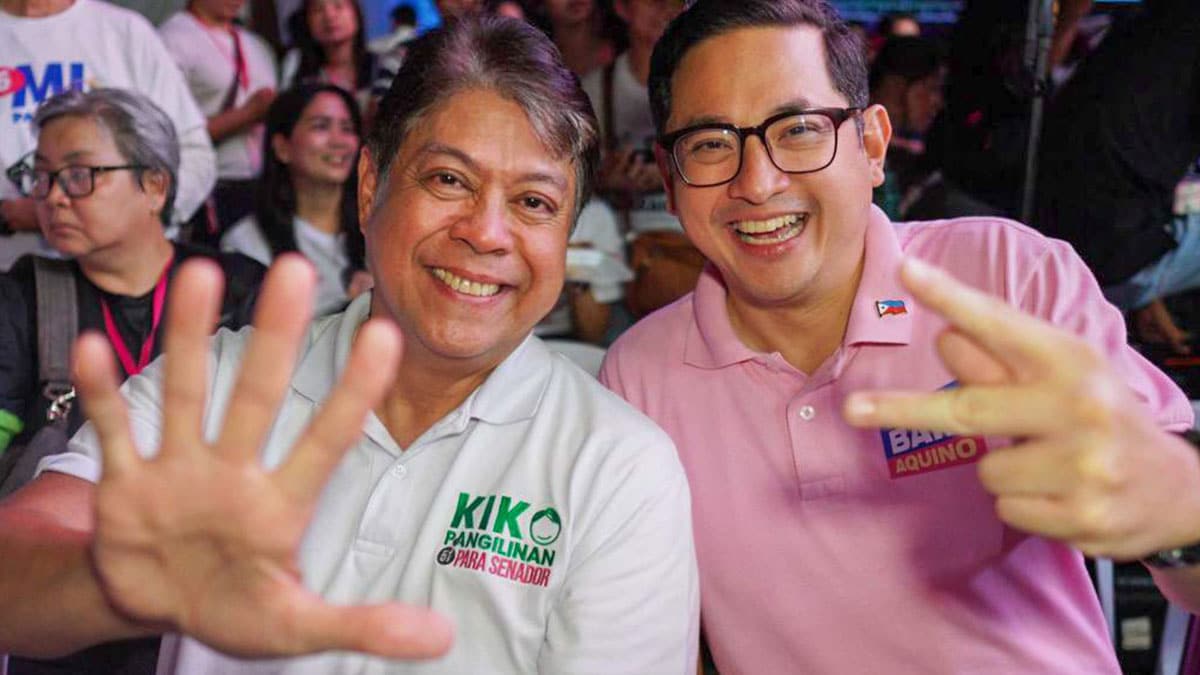
Aquino, who was initially ranking outside the winning circle in pre-election surveys, surged to the second spot in the senatorial race with over 20 million votes. His dominant performance in Luzon and the Visayas, particularly in the Lingayen–Lucena corridor, highlighted his strategic use of grassroots and digital campaigning.
Similarly, Kiko Pangilinan, who also trailed in early surveys, staged a stunning comeback by securing the fifth spot. His focus on agricultural reform, food security, and youth empowerment proved to be a winning strategy, particularly in rural and urban youth sectors where these issues were most pressing.
Implications for Political Parties
The overwhelming influence of young voters has disrupted traditional political strategies, compelling parties to adapt to new forms of political communication and voter engagement. With Gen Z and millennials prioritizing authenticity, transparency, and alignment with their social and political values, candidates can no longer rely solely on name recognition or patronage networks.
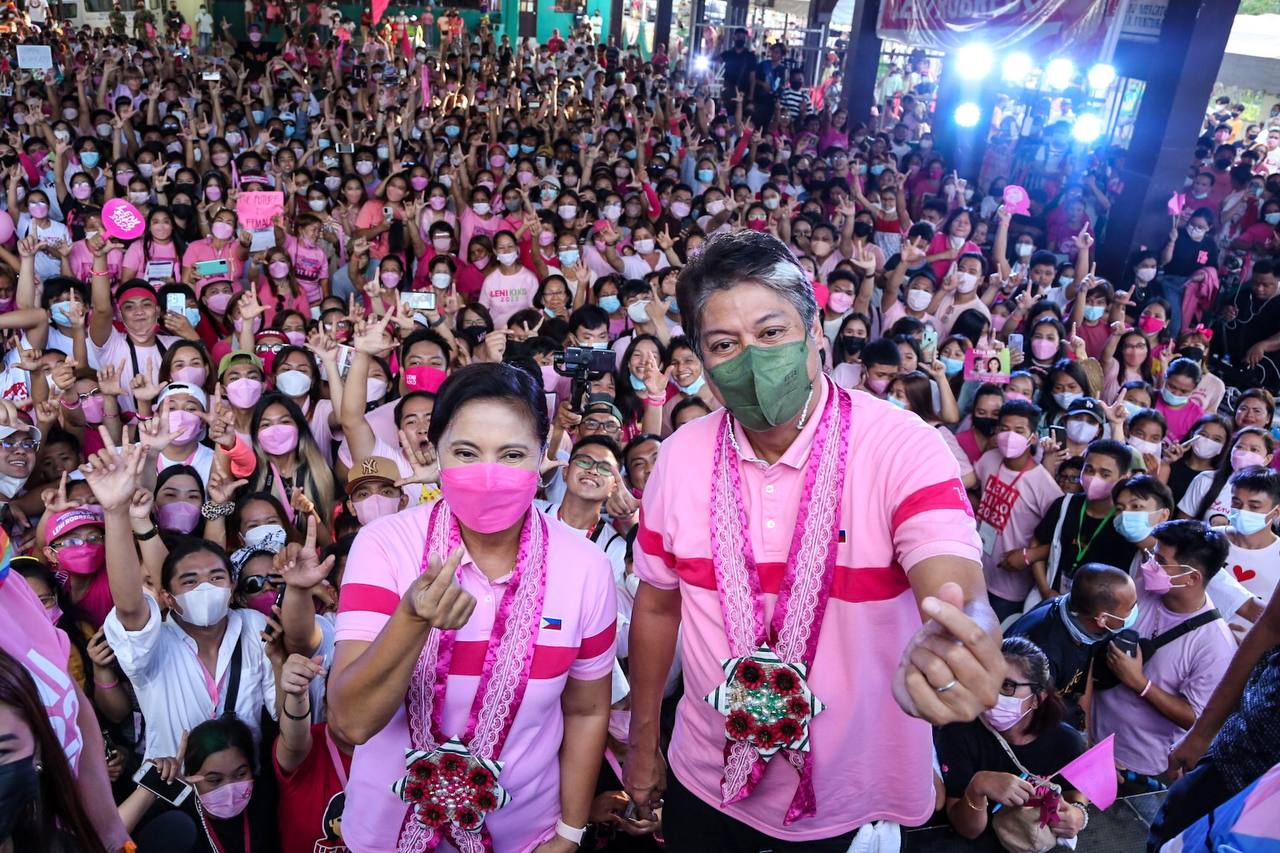
Political parties have also had to address key issues such as climate change, education reform, job creation, and digital infrastructure to resonate with the youth electorate. The emergence of new political alliances, such as Alyansa para sa Bagong Pilipinas, underscores the shift towards a more progressive, youth-centered political landscape.
The 2025 midterm elections served as a defining moment in Philippine politics, with Gen Z and millennial voters proving to be a formidable force. Their active participation not only altered electoral outcomes but also signaled a new era where issues that matter to the youth take center stage. As the nation moves forward, the role of these younger voters will likely continue to reshape the political landscape, making them a crucial demographic in future elections.
